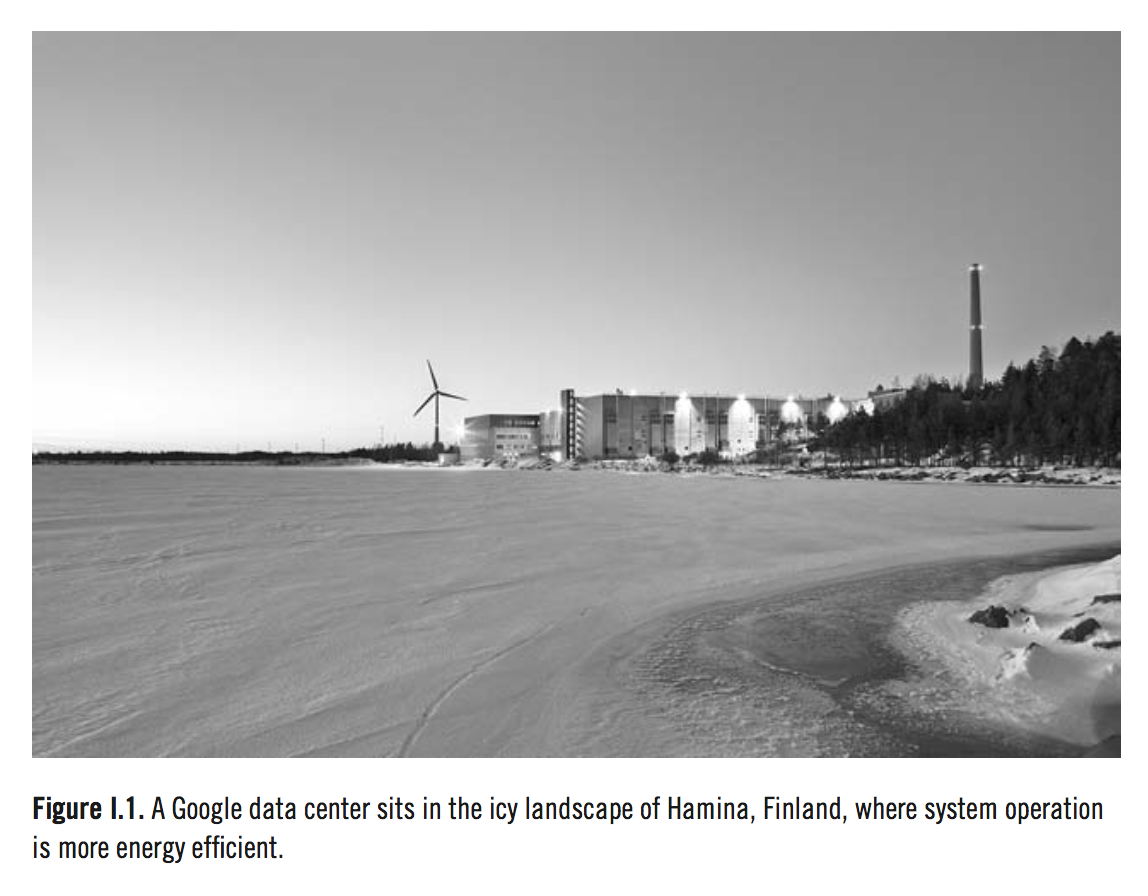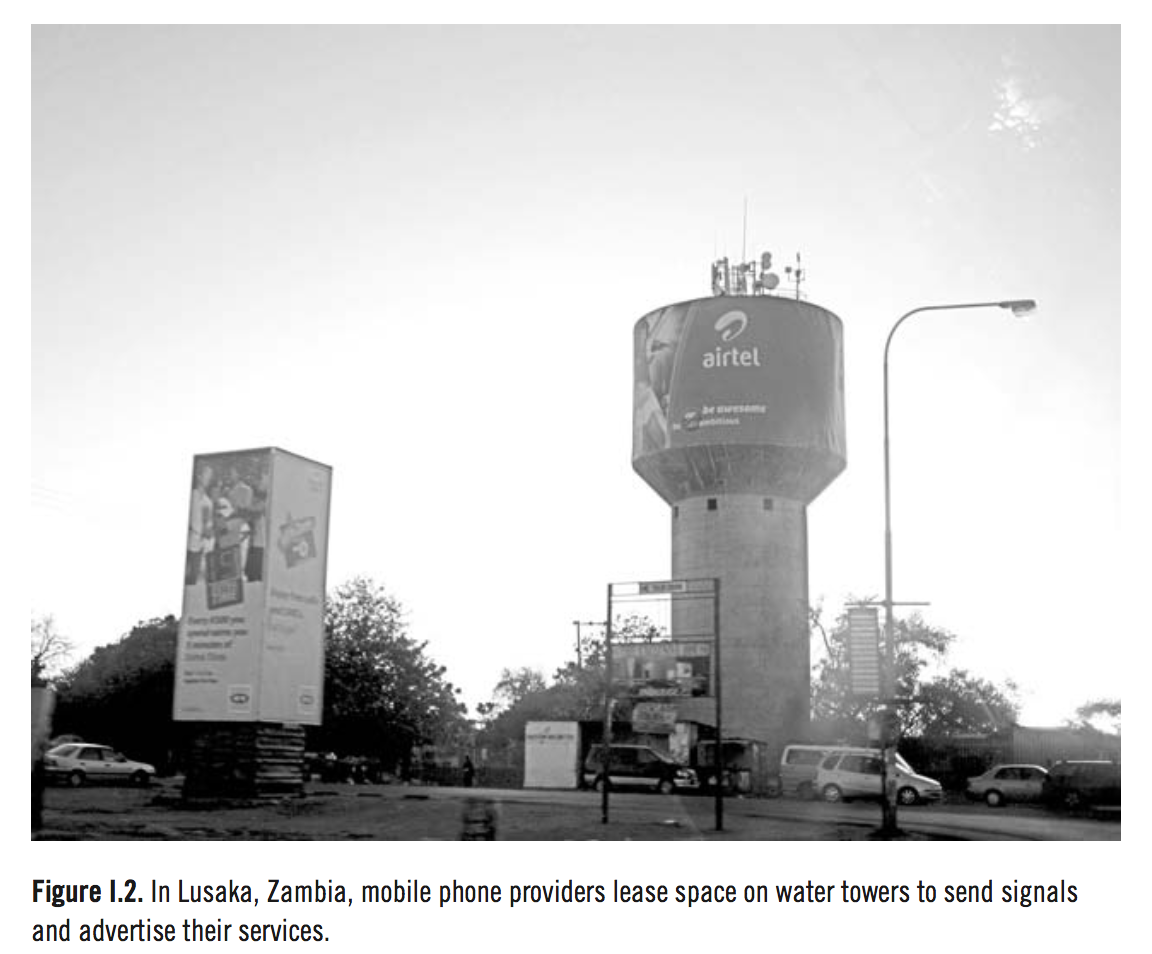Repurposing the Wires: The Internet’s Appropriation of Telephone and Television Infrastructures
Posted on March 25, 2017
In the latest turn toward critical infrastructure studies, media scholars have drawn attention to the insufficiency of established cultural studies concepts in addressing issues of infrastructure. For Christian Sandvig, “infrastructure” replaces the “network” as the new “diffuse and inconsistently applied concept” generating current research in the field of new media studies.1 Less cynically, Alan Liu suggests the potential for “infrastructure” to become what “culture” was for the Birmingham school, an all-purpose word to convey social complexity at varying institutional levels.2 Revising the base-superstructure model of the past, Liu reveals the inextricability of culture and infrastructure, as both become enmeshed in our current media epoch. Engaging with the work of these scholars as well as others in the emerging field of critical infrastructure studies, this blogpost aims to rethink Bolter and Grusin’s concept of remediation in relation to the repurposing of already existing infrastructure for new media technologies.
In Remediation, Bolter and Grusin establish a theoretical framework for intermedial study. Expanding on Marshall McLuhan’s “the medium is the message,” the authors conceptualize remediation as the process by which a medium reproduces or refashions the forms, aesthetics, content, or technologies of previous and successive media. In light of such media relationality, they argue that a medium can only be understood in relation to other media: “No medium today, and certainly no single media event, seems to do its cultural work in isolation from other media, any more than it works in isolation from other social and economic forces.”3
We can hear echoes of this sentiment in Sandvig’s “The Internet as Infrastructure” in which “every infrastructure […] has an infrastructure […] that supports it, the task of the infrastructure scholar is to find a useful point of entry into this infinite series.”1 Like signs in poststructuralism or media in remediation, a given infrastructure exists in a system of potentially infinite associations with other infrastructures. While the “relationists” of Sanvig’s article argue for a comparative infrastructure studies to uncover the underlying principles of all infrastructure, I would like to use this observation as the basis for theorizing the interaction between media infrastructures, rather than discovering some kind of essential unity. How might we rethink remediation in the larger context of media infrastructures? Do new media infrastructures also appropriate, refashion, or build upon that of their predecessors?
Think, for instance, of the internet which, over the course of my lifetime, has moved from telephone wires to coaxial cables to fiber optic lines. In the original context of remediation, we might think of the internet remediating telephony through software such as Skype, FaceTime, or Google Hangouts. But, in fact, the appropriation of telephony began long before the development of these applications with the repurposing of the telephone’s infrastructure as a portal to the World Wide Web. However, this sequence of events is by no means a general rule. For instance, the computer had already simulated video production and dissemination before repurposing the infrastructure of cable television as the new web access point. It’s not that infrastructure appropriation always precedes remediation, but that the instance of such appropriation needs to be taken into account in understanding the future development of the medium, including its remediation of preceding and succeeding media.
In focusing on the material shifts from one repurposed infrastructure to the next, we can better understand the development of cultural use-habits and the institutional regulation and management of the internet. As Sandvig relates, internet service providers do not expect all computational infrastructures to produce the same user-habits:
In 2014, wired broadband Internet across the world is provided via DSL (digital subscriber line) attached to a copper telephone network, cable modems attached to a coaxial cable television network, or a new optical-fiber network. Early DSL and fiber protocols originally assumed that each user would transmit as much as he or she received. Nonetheless, by 2014 DSL protocols typically assume that the user will receive about twenty times more information than he or she transmits, cable networks assume that the user will receive three to five times more, and fiber networks assume the user will receive ten times more. 4
In this article, Sandvig resurrects the early promise of the internet: that it would enable users to produce as much content as they consume. In this way, early pioneers perceived the internet as the anti-television, remediating (in the sense of improving) the passive televisual audience into an active, interconnected user base of console cowboys, as in the early novels of William Gibson. However, as seen in the quote above, the user production/consumption ratio varies not merely according to “cultural” changes but to the shifts in internet infrastructure from phone line to coaxial cable to fiber optic networks, suggesting again that, as Liu points out, “culture” and “infrastructure” are deeply embedded within each other. In other words, the decision to repurpose the wires of cable television for the infrastructure of the internet requires just as much analysis as the cultural intentions for the internet (e.g. as the anti-TV) in order to understand the development of specific use-habits.
Further, the infrastructure sharing of three different media technologies (phone, television, and internet) coalesces into the development of communications corporations owning access to all three services. As with every emerging communication technology, there has been, and continues to be, much debate over questions of ownership regarding internet access, data, servers, domains, etc. But an emphasis on infrastructure appropriation requires us to expand the historical scope of these debates. Rather than focusing purely on the development of the internet, the initial shared infrastructure between telephony and internet provides the impetus for thinking about internet ownership not just in relation to but as an extension of the policies developed during the emergence of telegraphy and telephony in the late 19th century. Today’s service provider conglomerates are descendants and beneficiaries of the privatization and monopolization of early communications industries over a century ago, some of which (e.g. Western Union and AT&T) still exist today. Rather than thinking the privatization of the internet, or the conglomeration of communications services, as a purely social arrangement—that is, one decided upon by prime human actors and codified into laws, protocols, regulations, etc.—we need to consider the role of the material infrastructure of these technologies in affording the possibility for their convergence over the same wires and their incorporation into the same service providers.
Although not in the context of remediation, several scholars have already begun addressing the repurposing of previously existing infrastructure. In their introduction to Signal Traffic, Lisa Parks and Nicole Starosielski approach the concept of infrastructure through a few examples of repurposed material structures, namely a paper mill turned into a Google data center, a water tower topped with mobile phone antennae, and the first Pacific telephone cable as an instrument that marine biologist use to study the undersea environment.5
 |
 |
For Parks and Starosielski:
This layering of an emergent system upon an existing one not only exposes the path dependencies of infrastructural formations but also reveals how an established node can be used to generate new markets and economic potentials. The water tower no longer only distributes water: it develops a “second life” by hosting a mobile phone tower. As mobile-phone infrastructure is bundled with water infrastructure, sociocultural and economic activities around this node have the potential to alter and expand. 5
Later in the volume, Shannon Mattern conceptualizes infrastructural layering through recourse to Siegfried Zielinski’s “deep time of media” and Raymond Williams’ concept of the residual. For Mattern:
Cities carry in them the “residue” of all media technologies past—and […] these “past” media are not merely artifacts or ruins. Much like Raymond Williams’s category of the “residual,” they are “formed in the past, but . . . still active in the cultural process, not only and often not at all as an element of the past, but as an effective element of the present. […] We tend in media studies to write format-specific histories, and to suggest that new technologies supplant the old—but when we look at our media histories through our cities, we observe a layering, or resounding, of media epochs.” 6
Drawing on the metaphor of the palimpsest, Mattern encourages us to think of the ways in which “preceding technologies […] steer the development, to some degree, of successor technologies” through examining overlapping media infrastructures. This goes beyond exploring the multipurpose uses of communications wiring (as in the analysis above) to include non-medial infrastructures, such as sewers, water pipes, railways, and gas lines. In addition, Mattern grapples with the mixed temporalities of the infrastructural palimpsest, noting that the “intermingling of temporalities fits Christopher Witmore’s definition of ‘archaeological time’: ‘the entanglement, the intermingling, the chiasm of pasts and presents.’ In so doing, these scholars lay the foundation for thinking through the historical, economic, and socio-cultural implications of parallel, converging, and competing material infrastructures.
But what should we call this process by which new media technologies utilize already existing infrastructures? Going back to the beginning of this blogpost, it appears that the conceptual vocabulary of cultural studies’ approaches to digital media no longer suffices. This infrastructural process is not only overlooked within remediation theory; it cannot be thought of as remediation. So what is it? Throughout this post, I have struggled with different conceptualizations: appropriation, refashioning, converging, etc. We might also think of it with recourse to the persistent metaphorization of media interaction as an ecology. Does the internet parasitically attach itself to already existing host infrastructures? Or do multiple media technologies exist symbiotically on the same wires? For Bolter and Grusin, remediation is the process by which media compete for “economic as well as aesthetic” value. Are they also competing over less abstract constructions, such as the material infrastructures that support them? Although I’m skeptical of the Darwinist overtones of a supposed media competition, these questions require more investigation (perhaps in another blogpost!). For now, I merely wish to present a new area of critical infrastructure studies deserving of further inquiry and perhaps a new conceptual vocabulary.
REFERENCES
-
Sandvig, Christian. “The Internet as Infrastructure.” The Oxford Handbook of Internet Studies. Ed. Dutton, William H. 1 edition. Oxford: Oxford University Press, 2013. ↩︎ ↩︎2
-
Liu, Alan. “Toward Critical Infrastructure Studies: Digital Humanities, New Media Studies, and the Culture of Infrastructure.” University of Connecticut Talk. Storrs, CT. 24 Mar. 2017. Lecture. ↩︎
-
Bolter, Jay David, and Richard Grusin. Remediation: Understanding New Media. 1st edition. Cambridge, Mass.: The MIT Press, 2000. ↩︎
-
Sandvig, Christian. “The Internet as the Anti-Television: Distribution Infrastructure as Culture and Power.” Signal Traffic: Critical Studies of Media Infrastructures. eds. Parks, Lisa, and Nicole Starosielski. 1st Edition edition. Urbana: University of Illinois Press, 2015. ↩︎
-
Parks, Lisa, and Nicole Starosielski. “Introduction.” Signal Traffic: Critical Studies of Media Infrastructures. eds. Parks, Lisa, and Nicole Starosielski. 1st Edition edition. Urbana: University of Illinois Press, 2015. ↩︎ ↩︎2
-
Mattern, Shannon. “Deep Time of Media Infrastructure.” Signal Traffic: Critical Studies of Media Infrastructures. eds. Parks, Lisa, and Nicole Starosielski. 1st Edition edition. Urbana: University of Illinois Press, 2015. ↩︎